
China launches the last satellite of the Beidou Navigation Satellite System from the Xichang Satellite Launch Center in Southwest China's Sichuan province, June 23, 2020. (Photo by Hu Xujie/For chinadaily.com.cn)
China launched a Long March 3B carrier rocket on Wednesday morning to transport a satellite into space for the country's Beidou Navigation Satellite System, marking the first deployment of a Beidou satellite in three years.
As the countdown ticked down to zero at the Xichang Satellite Launch Center in the southwestern mountainous region in Sichuan province, eight engines on the Long March 3B's first stage and four boosters sprang to life and unleashed dazzling orange flame as they lifted the 20-story-tall gigantic vehicle into clear skies.
Shortly after the liftoff, the rocket successfully placed the satellite, the 60th in the Beidou system and the first backup craft for the third-generation Beidou network, into a geostationary orbit, announced Deng Hongqin, director of the Xichang center.
Designed and built by the China Academy of Space Technology, the satellite has typical functions of any third-generation Beidou satellite - positioning, navigation and timing. Compared with previous Beidou satellites, it has some upgraded hardware and features stronger signal, faster transmission speed and higher operational stability, said Chen Zhonggui, chief designer of Beidou's third-generation satellites.
Despite being called a backup, the satellite is designed to start working as soon as it enters orbit. Its primary tasks are to expand the service areas of Beidou's short-messaging function, enhance Beidou's positioning accuracy as well as improve the network's operational continuity and reliability, he noted.
Beidou is currently China's largest civilian satellite system and one of four global navigation networks, along with the United States' GPS, Russia's GLONASS and the European Union's Galileo.
Since 2000, a total of 60 Beidou satellites, including the first four experimental ones, have lifted on 45 Long March 3 series rockets from Xichang.
In June 2020, the final satellite to complete Beidou's third-generation network was lifted by a Long March 3B rocket at the Xichang center. The following month, President Xi Jinping announced that the system had been completed and had begun providing full-scale global services.
Currently, there are 46 satellites in active service, which includes the latest one.
According to the most recent statistics from the Global Navigation Satellite System and Location-Based Services Association of China, by the end of 2021, the overall value of satellite-enabled navigation and positioning services in China stood at 469 billion yuan ($67 billion), a 16.3 percent increase year-on-year.
China plans to establish the next generation of the Beidou system by 2035. The new version will be "omnipresent, smarter and more integrated" and, upon its completion, there will be Beidou service not only on land and sea, but also in the sky, outer space and deep within the oceans, according to the China Satellite Navigation Office.
















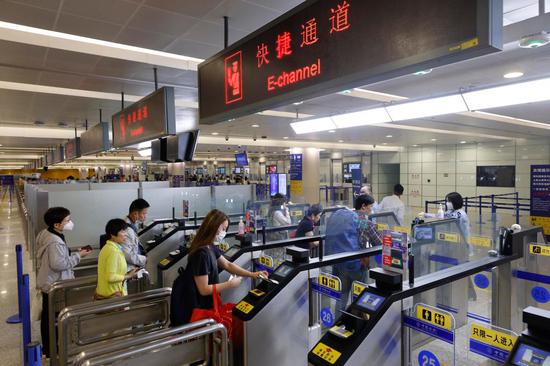

















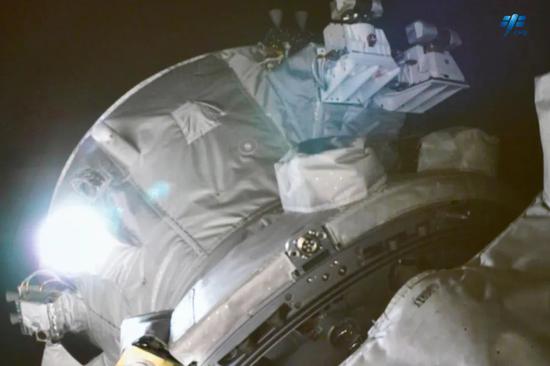

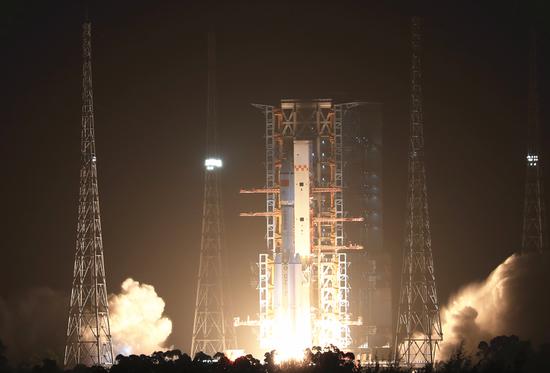



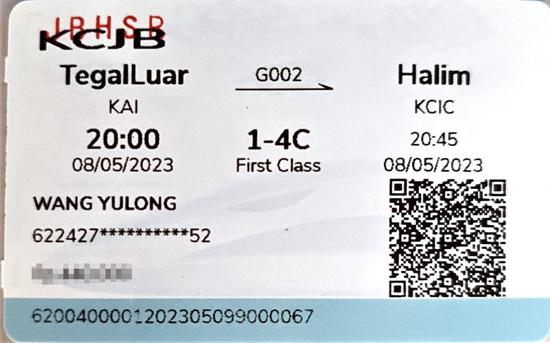





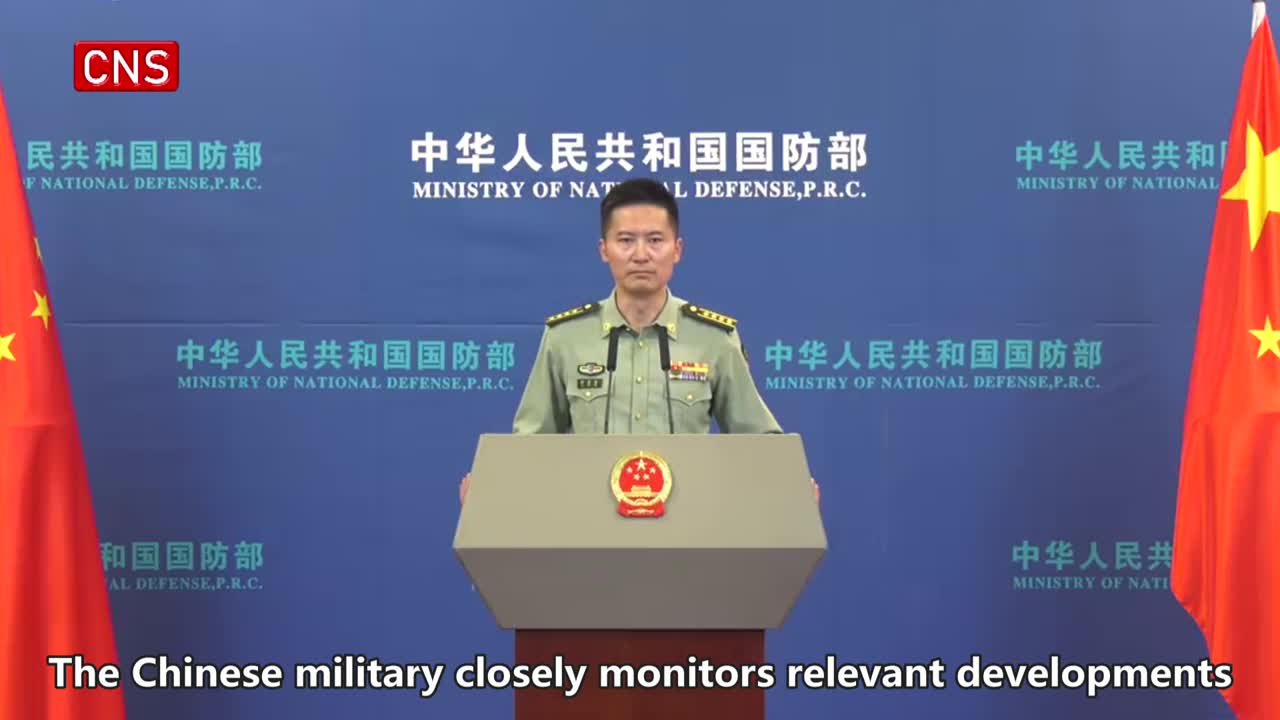



 京公网安备 11010202009201号
京公网安备 11010202009201号